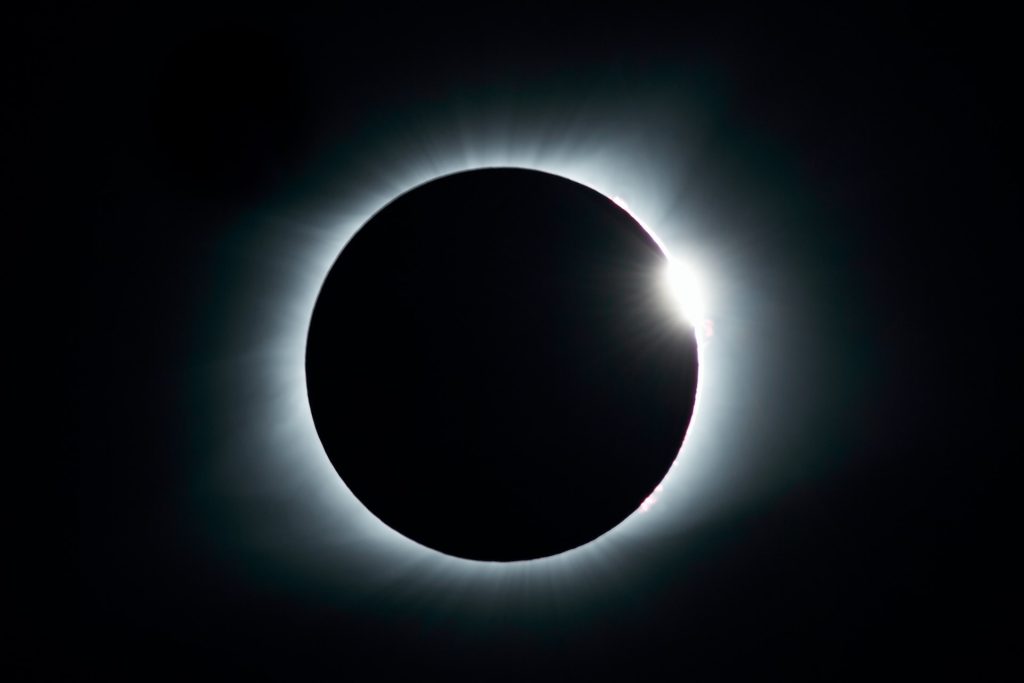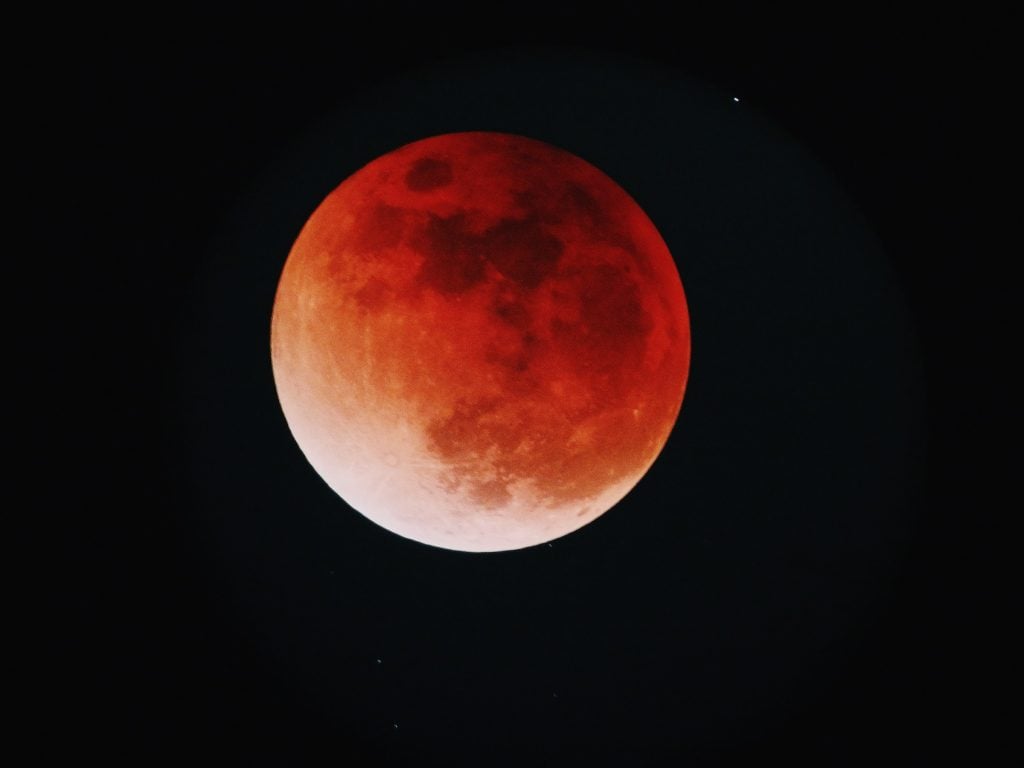Eclipses And Blood Moons: Distinguishing Two Remarkable Lunar Phenomena
A blood moon and a lunar eclipse are terms often used interchangeably, but they refer to slightly different phenomena that occur during the same celestial event. A lunar eclipse is the broader term, encompassing both partial and total lunar eclipses, while a blood moon specifically describes the appearance of the Moon during a total lunar eclipse.

There are three main types of lunar eclipses.
Penumbral Lunar Eclipse: This type happens when the Moon moves and leads to a subtle darkening of the moon’s face. It’s the least dramatic type of lunar eclipse and might not be easily distinguishable to the naked eye.
Partial Lunar Eclipse: In this one, solely a segment of the Moon enters our planet’s deeper umbral shadow. This results in a section of the Moon darkening, creating a distinctive crescent or segment that appears shadowed.
Total Lunar Eclipse: During this type of eclipse, the whole Moon journeys through the Earth’s umbral shadow. However, instead of disappearing completely, the Moon takes on a reddish or coppery hue, giving rise to the term “blood moon.” This striking color change is caused by the Earth’s atmosphere scattering sunlight and refracting it towards the Moon, with shorter wavelengths (blue and green) being dispersed more than longer wavelengths (red and orange).

So, while a lunar eclipse is a broader term referring to any instance of the Moon passing through Earth’s shadow, a blood moon specifically describes the visual effect observed during a total lunar eclipse—the Moon takes on a reddish hue due to the Earth’s atmosphere.
